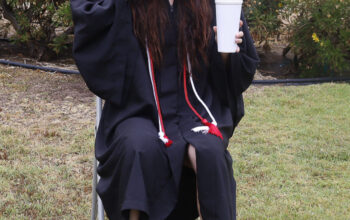The college life of the average American student is considered to be ideally an education starting and ending at a four-year university, private or public. But many students throughout have transferred from associate programs in community colleges to a bachelor program.
These are known as vertical transfers.
There are people who think it is a great stepping stone for students not ready for the daunting four-year program but there are also critics. A common one being there is an increasingly high inequity of students having difficulty adjusting to the bachelor colleges as they are from low income families or racial groups considered unrepresented.
There should be no reservations for students to start in a familiar environment with familiar people they are more likely to socialize and study with before arriving at the big leagues. Such preparation goes a long way to ready them for the incredible life journeys that await them. But there are other concerns.
Bias persists among the faculty of the bachelor’s college toward incoming transfer students, according to a study done on CUNY educators done by The74Million.org. It found they were more likely to feel transferring students should retake their classes in their intended major after the transfer.
Why put pressure on students in community colleges to rush into a four-year program ill-prepared? Would a good amount of time in community college prepare a student both in their social and educational life? The more time a student stays engaged in a smaller college, the more likely they will assimilate successfully into a larger college.
And there is the matter of finances. Economic woes in the state of California already exacerbate problems for students as well which prevent them from pursuing a higher education.
Jesse Ryan, executive vice president of the Campaign for College Opportunity, told EdSource his study showed only 23% of California community students transferred to four-year colleges in 2019-2020.
Say students attending a certain college need to take summer courses but don’t provide the classes. They would then have to apply for a different college half an hour away or possibly more to take those classes. One can imagine the toll it would take on expenses, including gas at $4 a gallon and the amount of student debt.
But it is also common for college students at the four-year university to attend community college classes, including summer courses, but there may be issues with credits transferring from one school to the other.
There is a double sword to this matter, according to coordinator in Northern Virginia Community College Julia Brown..
“Many of them will take a course that is going to be very challenging,” Brown said.
At a community college, students may have smaller class sizes and therefore receive more individual attention compared to a bigger university. However, going between schools is not the smoothest of actions in regards to credits and grades, so prospective students should be cognizant of policies.


